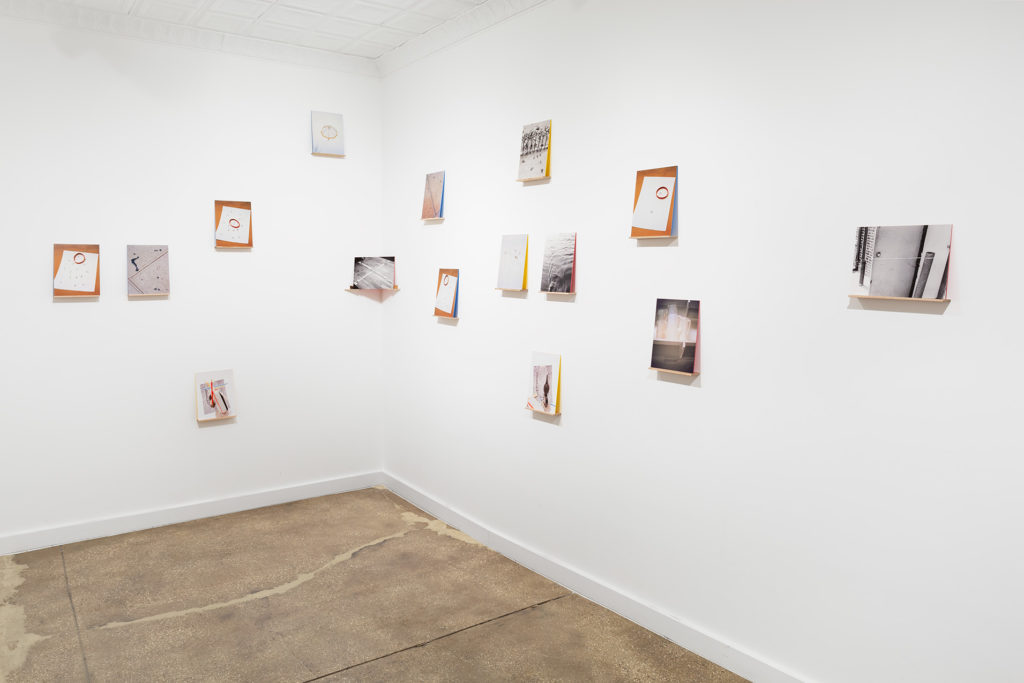Sam Margevicius and Beau Torres on Twenty-Six
The following text comes from a conversation between Sam Margevicius and Beau Torres about the exhibition Twenty-six. They spoke over coffee at Baxter St at the Camera Club of New York on February 4th, 2019.
Installation
Sam Margevicius: I call this an installation piece because it’s not reproducible. When I show someone one of these pictures or even an installation shot, it really has very little relation to the renascence of actually being here because your body becomes this vessel for engaging with the work, and you create the meaning through the sequencing, through your own subjective sequencing and which images you encounter before and after every other image. So, you kind of are given this active role as a body that can walk around this space and so you build the narrative through that traveling.
The sequence of these images has been for the most part fixed—It’s still the same every time that you’ve seen it. What’s changed is that I’ve shown the piece on one long wall, two intersecting walls, and the current installation is spread across three walls.
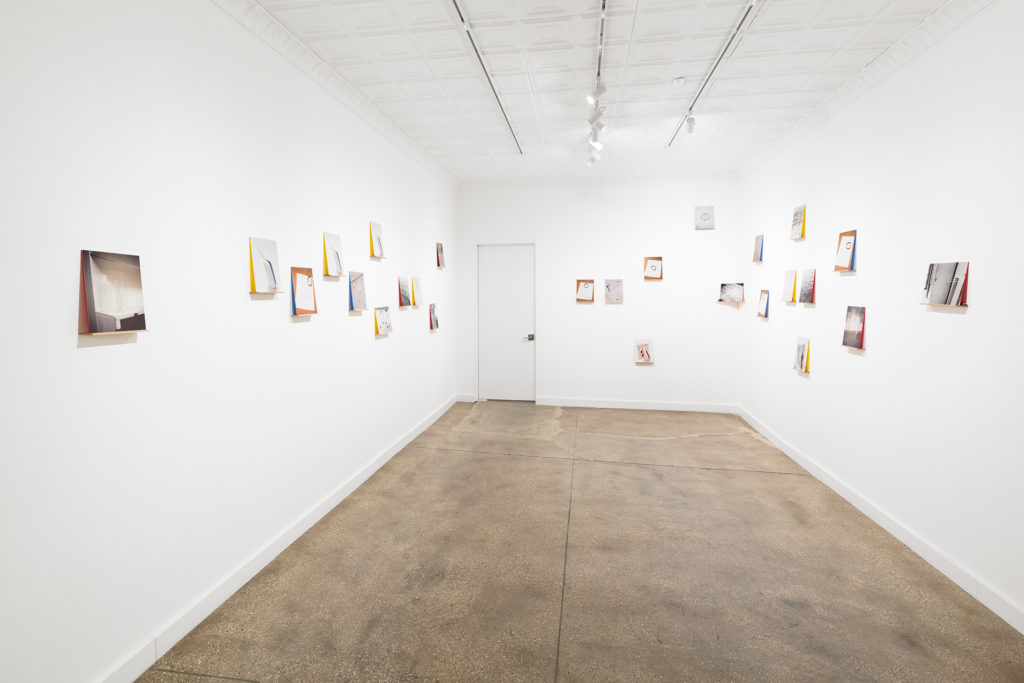
Intent
SM: In many ways I think of this piece as a kind of film. A moving images film where you can, as the viewer, become enabled to move forward and backward within the film. It’s almost like you’re looking at the timeline, let’s say on Netflix, it says the film is two hours and you can just zip your mouse and go wherever you want. That’s how I sometimes imagine being here with these images.
That is really at the heart of what I wanted to do with this work, to somehow provide a way for other people to get in, to contextualize that situation without it being from a distance. I wanted to give the viewer an opportunity to go through that.
I think that it’s the act of viewing and deciding to read pictures in a way where you’re really looking into and trying to pull meaning out of it. Reading is a creative act that requires a lot of filling in blanks.
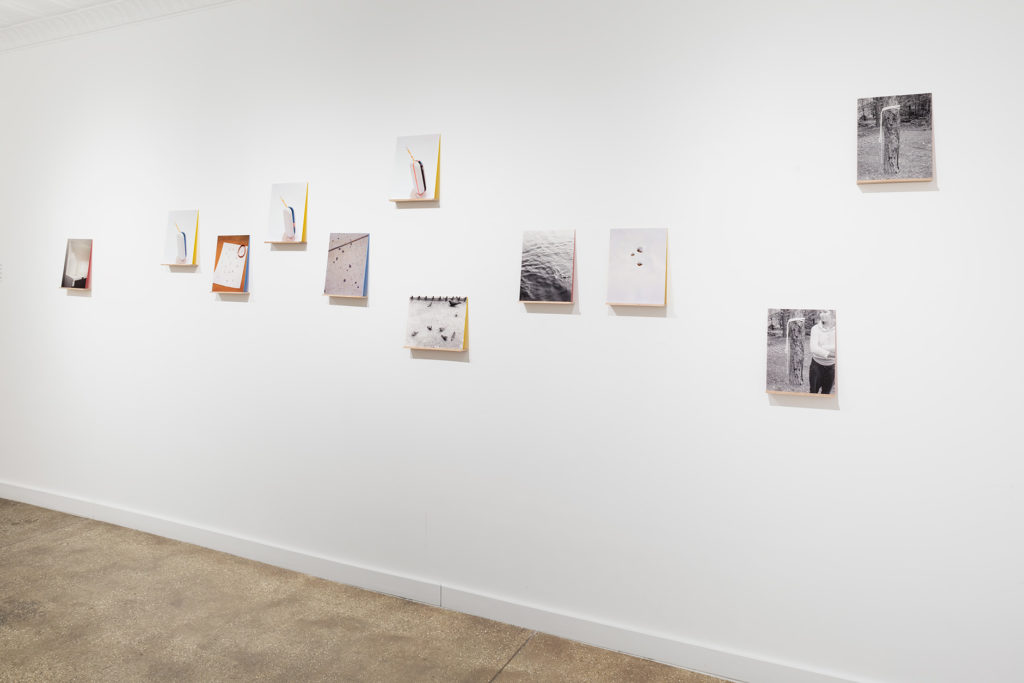
Twenty-six , 2017-2019, Image by Olympia Shannon
Process
SM: I tend to lean more towards a structural model of making work. To think more intuitively with this piece you can start at the first picture and say “okay, those vessels are about the chemicals in the air in a darkroom,” then take that sentence and run with it, go to the next picture, fill in a couple more sentences, and keep going. But then you can step back and look at what’s happening with the whole structure and ask, “what are the factors that establish relationships between pictures here—there is a middle line and a then fluctuation above and below that.” I think I had to remain, in ways, more aware of that structure throughout the making of this piece.
As a viewer I appreciate moments when I discover something new or recognize a new version of something I already know. I enjoy when someone sees this piece and it reminds them of a walk they might have taken yesterday. I think that those moments reveal a chance circumstance within a sequence of so many decisions they have made and so many they have not intentionally made. That’s a very fortunate event, when a viewer can really relate—it’s rare. We might not even have these experiences every day. There has to be a balance of having lows and having highs and having in-betweens. So, when you get those moments of resonance, it’s this beautiful appearance and can seem as though everything led up to that momentary understanding.
Beau Torres: I think sometimes that looseness, letting go of structure is really the most helpful thing. Sometimes I’ll have three or four stacks of reference materials, where there’s this stack of books for this project and that stack is for that other one. I also have this one program, Papers, it’s essentially iTunes for PDFs, where I have a selection of readings for this project, and a selection for that project. I’m also adding to source imagery folders in Adobe Bridge. Everything’s constantly being sorted and everything’s ready for me to look at. And then I realize I’m spending all this time sorting and the project’s not even started—The project is all jumbled in my head and stored in piles and files. Sometimes we have to throw all that away and do the project. Actually start the project and then see where the next step goes. Once you let everything commence, you start to find what you’re looking for, and then you begin to make meaning. I think that’s the most important thing about meaning, and about this project—nothing has meaning. It’s not about a fascination with nihilism, it’s more about meaning not being inherent, but that it’s, in fact, made.
SM: Yeah, I couldn’t agree more with that!
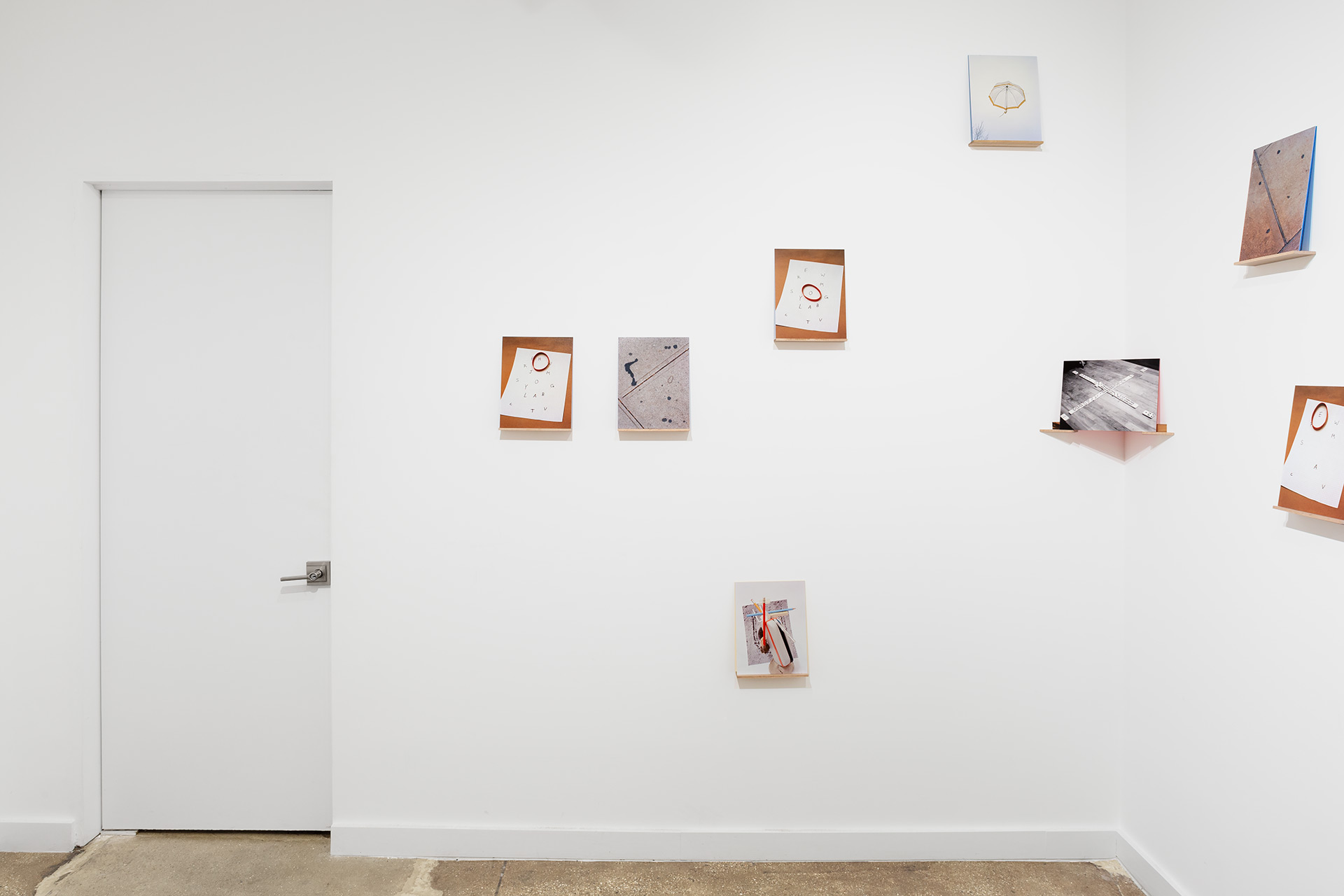
Cinema
BT: I was curious to know if you were thinking about cinema as film or cinema as a space; a place for meeting. And then I started thinking about the coffeehouse, and a nostalgia for this place as a beatnik environment for intellectual conversation. The same goes for the idea of the cinema of the past as this place where one would throw on a suit to have an experience. Even tonight when you go to Anthology Film Archives to see the Merce Cunningham films.
SM: Nathaniel Dorsky, whose book is on that shelf right there—Devotional Cinema, he’s talking about the cinema as a place. Essentially you’re in a large cavernous space that’s dark and you see at the edge of the room, illuminations. He describes that as a very good analog for our brains and the process of seeing through our eyeballs. Sitting in there having this experience where you’re totally focused and honed in on the screen. The other day I watched Julian Schnabel’s The Diving Bell and The Butterfly, it’s about a person who gets in an accident and is stuck severely in their body—“locked-in syndrome” it’s called. The character can think, hear, and see; he can move his eyeballs and blink, but he can’t control any other part of his body. I thought, wow, this is the perfect content for a film. It’s almost like every film should be about a person who can only see and not physically interact with the world, because that is the condition one is put in when watching a film. You get audio and visuals, and you can think but you cannot engage anything.
What initiated my real appreciation for going to the cinema was actually the space of getting out of the movie theater and walking home or walking to the train. That five, ten minutes, one hour, whatever that time is that elapses once the film has concluded lets you think of the work and kind of place it into your memory in a way that makes sense. It’s an important time and space to develop your interpretation and build it into your day-to-day life.
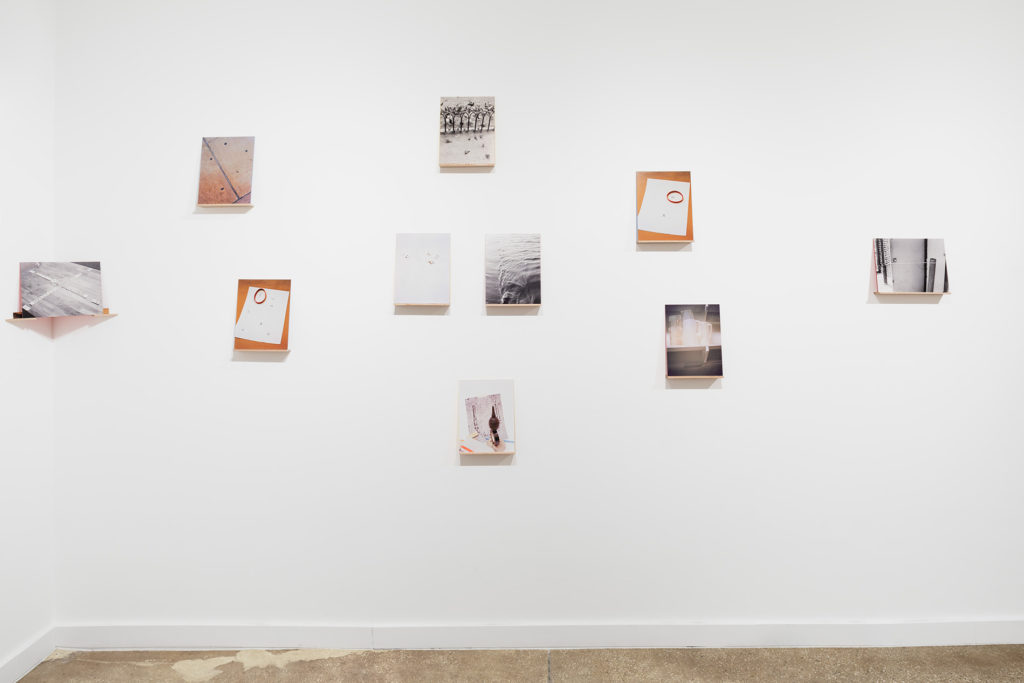
Reading Photography
BT: What’s your impression of reading photography in a wider context? Is reading photography something that anyone can easily do? A couple of photographs that I’m looking at here have visual clues we as photographers would recognize. This one has bits of grain where I can tell it was taken with a film camera. And then you’ve got this other one that maybe was taken with an iPhone and it’s not digital or film grain, it’s concrete and that surface texture could be a nod to film grain. So how do we as photographers who do have a kind of photographic language bring that to an audience who might not be photographically trained? How can we make pictures, in a way, words?
SM: It’s hard work to sit in front of a photograph, and try to describe, or create some system of meaning for oneself. So, how do we contextualize that? Well, I like to remember that everyone has their own ways of trying to put meaning onto things.
I feel like I speak with people a lot who are really eager and open, they are confused and curious and want to understand an artwork. They want to know, “What does it mean?” and “What’s going on here?” and “Why have you done this?” But then sometimes people are inclined to say, “Hey, I don’t get this!” and are really critical right from the onset. I think that it’s the act of viewing and deciding to read pictures in a way where you’re really looking into and trying to pull meaning out of it. That is a creative act that requires a lot of filling in a lot of blanks.
Filmmakers and Directors of Photography take wonderful images, but I think it would be strange for them to pull one image out and say, “Oh yes, this is the best image,” because it has to work within that narrative. I think that’s one reason I don’t work so much with film, even though I’m really interested in all these ideas around motion picture film. One of the original media theorists, Marshall McLuhan, identifies motion pictures with sound as a hot medium. When you watch a film, it’s giving you the sound, and it’s giving you a ton of moving images, and you can sit there and not move at all, there are a lot of stimuli dropped into your lap. Painting, photography, music, and other mediums are seen as cool mediums because you come to the picture and it’s not giving you very much—it’s mute or it’s invisible. So you have to do the work and become an active interpreter.
So, that is something that I find daily in life. I think it’s good to be talking to you about this, because of apophenia and, When Things Come Together (referring to BT’s exhibition of the same name). The idea that sometimes everything is right and easy and flowing and seems magical, and you’re walking around, and because of something that you saw on the last block, then you see something on this block and you experience this moment of total awe and joy. This possibility of something that loosely resembled magic to me.
BT: It’s all magic.
